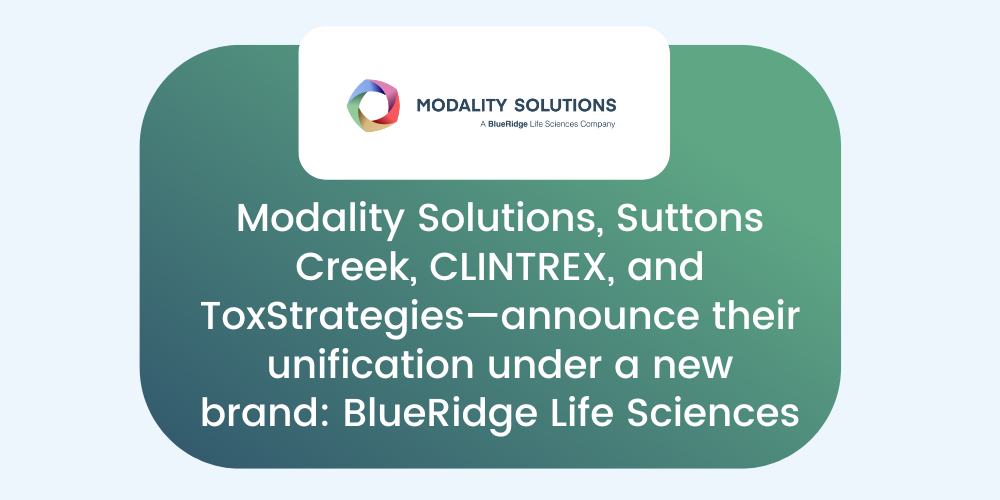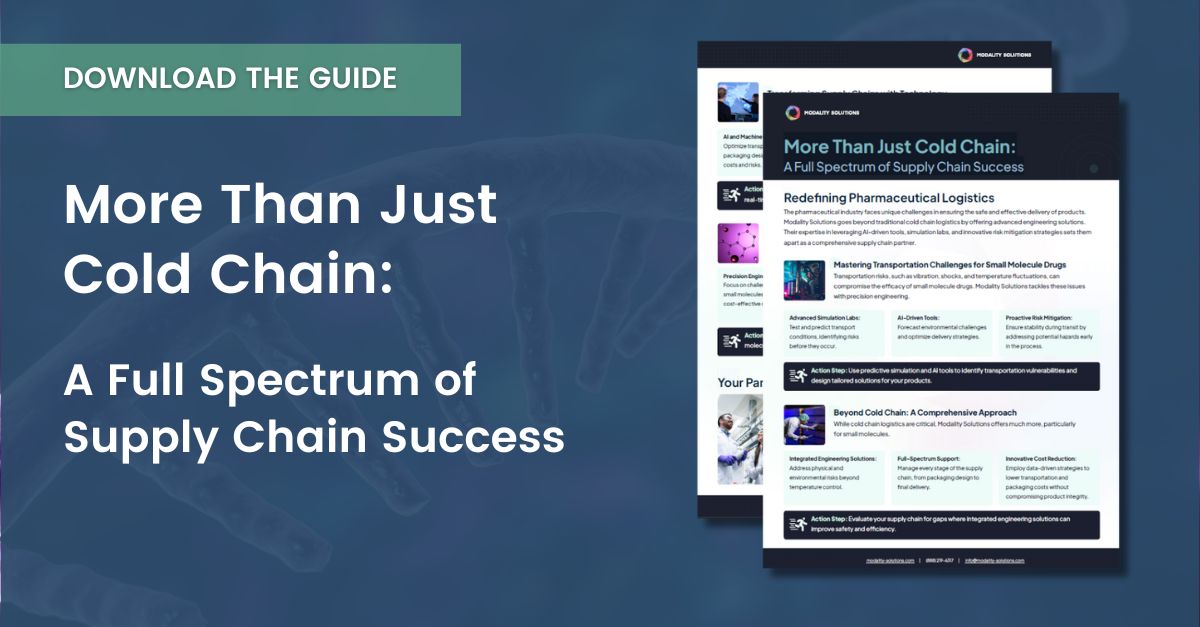From the Mailbox…When is good enough, good enough?
Note to readers: I wanted to share the following email and reply, since it really gets to the heart of Quality by Design in the Biotech world. It underscores the need to have a process in place, and someone accountable for tracking progress.
Dear Paul,
Our company is looking to formalize our shipping validation efforts and the question has arisen, How Much is Enough? Consider the following:
At the time of BLA submission, where do you draw the line with shipping validation studies? Can you just do the primary container? No, because you would need to demonstrate that temperature, shock & vibration don’t affect delivery from the auto injector. Can you just do the primary container in the auto injector and call it worst case? Do you even need pallet shipment data as long as you qualify shipping lanes? What are firms doing? What kind of feedback have you seen?
Signed,
Perplexed
My reply….
Dear Perplexed,
Since 2003, the regulatory expectation for BLA filings has been to include the process validation in the filing, as you know, distribution is considered part of manufacturing. So you are right, you need to formalize a process, but how?
First, I would suggest a wider view. Terms matter. I have found the term “shipping validation” hinders this wider view required to commercialize an NCE. In many companies, the term “shipping” tends to single out one functional area, i.e., distribution. Another challenge within well-established companies such as yours is the “silo” structure that effectively isolates the development, regulatory and operations groups.
The any formalized process must have the ability to scale. The largest and fastest growing companies have formalized processes that are scalable because resources are not available to support “one off” approaches for each NCE.The process must define the phase and gate appropriate deliverables to be shared between regulatory, development and operations. In order for this to occur, a point person within the company who owns and manages a defined process is needed to make sure the phase appropriate data is generated and shared across the organization to assure commercial success.
I have written a chapter on this subject in a soon to be published book on Quality by Design for Biotech Development. The emphasis is on a rigorous application of phase appropriate DoE beginning in formulation development and following through to administration of the final product to the patient. I know you already do formulation DoEs and in use testing, but there are gaps between these studies.
As you know, the DoEs establish the design space for the NCE. The design space is compared with the process capability. In the case of distribution, process capability consists of the documented transport hazards of shock, vibration, pressure and temperature. This process capability can be collected over specific lanes. Alternatively, industry standards from ISTA exist and can be applied to generalized lanes. The FAA published regulations for pressure levels within aircraft.
I’d be happy to visit with you and your team to discuss the advantages of a gap assessment and follow up with specific suggestions that would fit within your company.
Best regards,
The Modality Solutions Team



